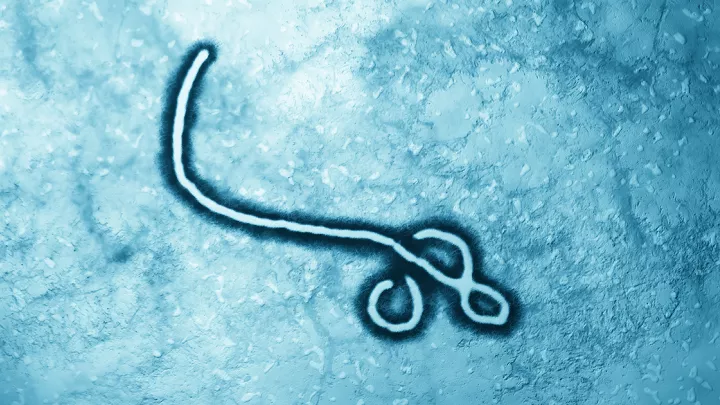Can bird flu infect humans? 4 things to know about H5N1 outbreaks

Avian influenza, or bird flu, has garnered more media attention this past year. Recent outbreaks in various parts of the world have caused concern, from wild birds in a Cuban zoo to the significant impact on poultry farms.
This highly pathogenic avian influenza virus strain, known as H5N1, has most likely been in the bird population for a long time. The first case appeared in Hong Kong in 1997.
The H5N1 virus has affected approximately 58 million birds in 47 U.S. states within the last year. This number includes commercial flocks and backyard flocks. The spread is not confined to the U.S. and is occurring globally. In Europe, the 2021-2022 H5N1 season was the largest ever observed in that region.
From birds to mammals
There is increasing evidence that H5N1 can occasionally spread from mammal to mammal, with reports of infected animals like mink, sea lions, bobcats, foxes, bears and more. According to the World Health Organization, H5N1 has spread widely in wild birds and poultry for 25 years, but the more recent transmission to mammals should be monitored closely.
More recently, social media rumors were floating around about a possible human H5N1 case in Houston, Texas – causing worrisome speculation. Since then, the Houston Health Department has denied the claim.
The sporadic cases of human H5N1 infection and whether the virus will develop the ability to spread from person to person are valid questions with concerning implications. Here is what you need to know.
1. Have there been confirmed cases of avian influenza infection in humans?
Human infection has occurred, but the risk to humans remains low. According to the Centers for Disease Control and Prevention, more than 880 human infections with earlier H5N1 viruses have been reported worldwide since 2003, of which 457 were fatal. However, the predominant H5N1 viruses currently circulating among birds worldwide differ from earlier H5N1 viruses.
The most recent case in the U.S. occurred in 2022, in a Colorado individual who had direct exposure to poultry while culling on a farm. The person was treated with an influenza antiviral and recovered.
2. Can the bird flu spread from human to human?
Sustained human-to-human spread of H5N1 influenza is definitely a concern, but it would take specific genetic mutations to occur and so far not been observed.
"Currently, human flu strains are typically H3N2 or H1N1," explains Mark Rupp, MD, Nebraska Medicine infectious diseases expert. "The worry is that we could see a strain of the bird flu that gets into a human and then develops the capacity to spread from person to person. We've had our eye on H5N1 for decades, with occasional appearances in mammals and sporadically in humans, but they've never really shown the capacity to go from person to person. The avian influenza virus infections that have occurred in humans have typically been in someone who has very close contact with the bird population, such as a poultry farmer or person who raises chickens."
3. Could the H5N1 bird flu be the next pandemic?
There's no way for us to know, so the best course of action is to stay aware and prepare. This doesn't mean most people need to do anything differently. Persons who are in very close contact with birds, such as poultry farmers, bird hunters and those with backyard chicken coops should take preventive measures. Infection in humans is quite rare and, to date, no known human-to-human spread has occurred with the current H5N1 virus.
"Pandemics and outbreaks occur, and yes, we will undoubtedly face another one at some point," says Dr. Rupp. "A realistic and worrisome scenario would be a genetic recombination of an avian virus and human virus, but H5N1 has been around for decades without this jump occurring. It's best that we prepare for possible outbreaks, and the best way to prepare is to have a robust surveillance system and an equally robust public health apparatus to respond to them when they happen."
4. What is being done to prepare?
Experts in the field are taking the avian flu seriously, doing their best to work with ambiguity and take sensible measures to protect the public's health. Right now, the situation remains primarily an animal health issue. However, experts are watching the situation closely and taking routine preparedness and prevention measures if the virus changes to pose a greater risk to humans.
Currently, steps are being taken to:
- Work on a vaccine to use in our poultry population to reduce infection and spread
- Stockpile anti-flu, anti-viral medications that H5N1 appears to be susceptible to
- Prepare a candidate vaccine and be ready to employ it if necessary







